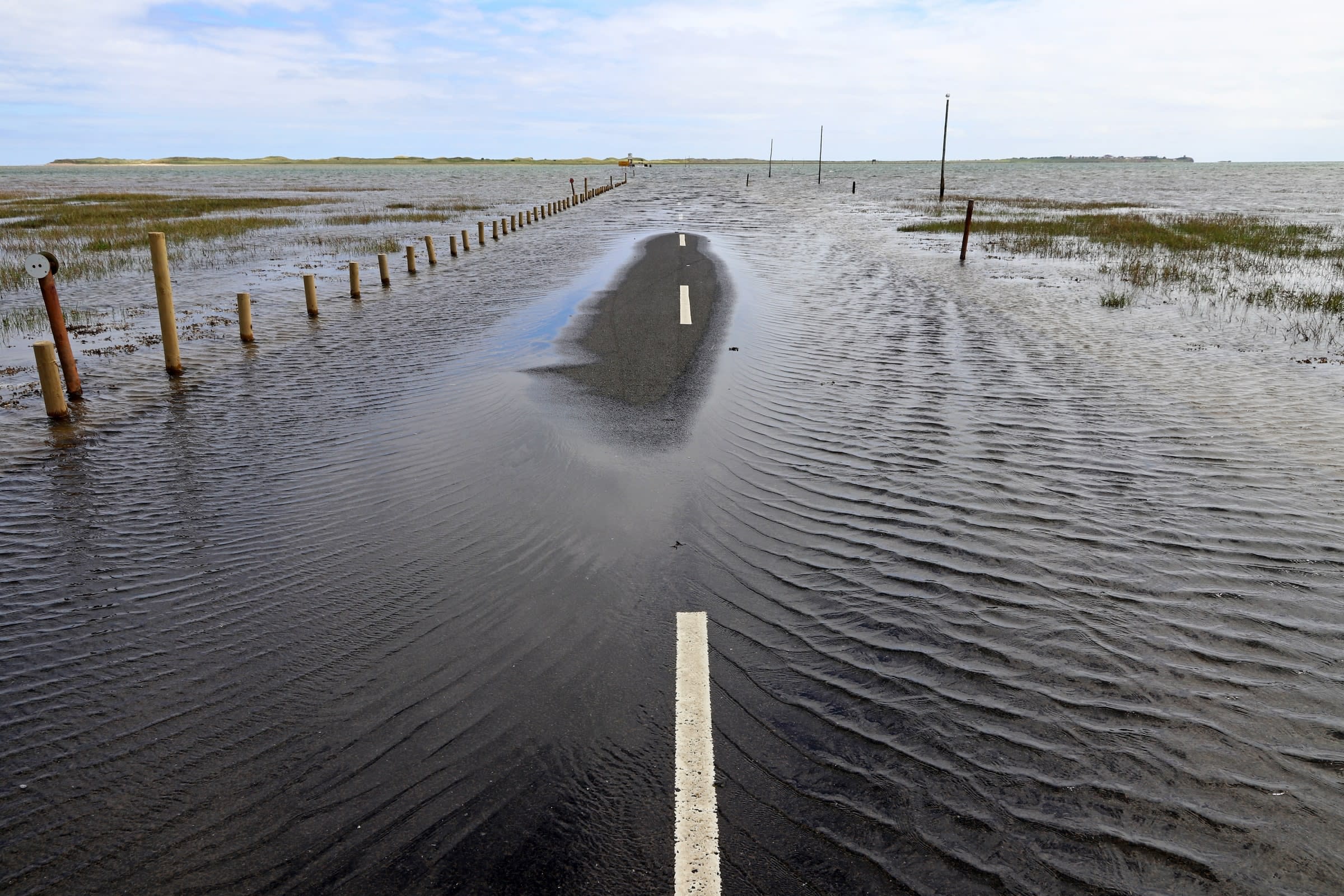Economic impact assessment of future flooding in the Netherlands

This study reports on a first exercise to assess the probability and impact of flooding in the Netherlands in 2050, in the event that global warming continues on its current trajectory (WH-scenario).Moderate flooding (50 cm) and severe flooding (>200 cm) would have a GDP impact of -1.5 to -3% in the year of the flood.The impact of moderate flooding is mainly driven by a change in risk perception amongst home buyers.The impact of severe flooding is mainly driven by a one-month standstill of economic activity (-2% GDP) and a housing price shock of -30%, which work through the economy.While impactful, the probabilities of flooding are very to extremely small but are nevertheless rising.These results are a part of our first climate stress test, in which we estimate the impact of the physical risks from climate change to the mortgage portfolio of our bank.
Document was made in collaboration with Marieke Abcouwer and Loudina Erasmus
In the early hours of 26 August 2003, Wilnis, a small town near Utrecht (the Netherlands), flooded as a regional dike broke during a summer heat wave. The flooding ended within four hours but the cost of the direct physical damage was EUR 16 million,[i] mainly due to infrastructure damage. The economic damage – operational losses to firms and households during the flood and its aftermath – are not included in this figure and could be significantly higher.
The Wilnis example shows that weather conditions can interplay in surprising ways to cause a flood. In this case, it was the heat and drought that caused the dike to lose strength and integrity, and eventually break. Inland dikes like the one in Wilnis, which protect the country against river floods, are abundant in the Netherlands. Furthermore, the Netherlands is protected against sea water through its primary barriers.
Dutch flood protection systems are renowned globally for their high safety standards and sheer scale. However, in extreme conditions barriers can fail. The probability of severe floods is currently extremely small but it is increasing as a result of climate change. Climate change scenarios – as developed by the intergovernmental panel on climate change (IPCC) – are surrounded by considerable uncertainty. Current indications suggest that the actual probability is more likely on the high end of existing estimations. Assessing future flood probabilities is complex and makes the probability per location harder to estimate. The calculated probability of a dike breach and resultant flood is kept stable however by strengthening dikes in accordance with set safety standards as climate changes increases the risk of an extreme event. Climate change introduces more uncertainty around extremes and speed of change however. We have therefore chosen to separate our assessment of the macro-economic impact of a flood from the probability of floods occurring. The impact of a flood (even with an unchanging probability) increases with increases in population and the value of their possessions.
This study is part of the wider effort toward understanding and disclosure of the climate related risk for ABN AMRO bank and toward a climate resilient financial system. Together with a group of international banks ABN AMRO joined a Task Force on Climate-related Financial Disclosures (TCFD, where insights and methodologies are exchanged on how the calculate the impact of climate change on a bank’s portfolio.
Our focus
In our analysis we focus on the Randstad area, which is interesting for two reasons. Firstly, it is the economic heart of the Dutch economy and if the primary flood defences are breached, the major part of the Randstad area could be inundated by at least 200 cm of water. This is a flood severe enough to generate an economic shock. Secondly, even moderate flooding of around 50 cm in the Randstad would be significant, mainly because of the societal disruption caused by failure of vital services like power, transport and communications, and a potential effect of a sudden increase in risk perception.
Our analysis presents initial steps in analysing the economic impact of floods in the Netherlands. While we made various simplifying assumptions, we believe that these more likely understate than overstate the impact as the housing price shock alone is driving most of our results. In reality, risk premiums on all assets would rise, which would directly reduce investment and severely tighten financial conditions. Power outages could also occur, causing significant damage to the economy. All these effects have not been taken into account. Therefore, this report is mainly intended to start the debate on the impact of climate change events. We feel it is important to take some first, albeit preliminary steps, because they will alert policymakers and private organisations to the costs of failing to act to prevent climate change.
Please download the document to read the full report
